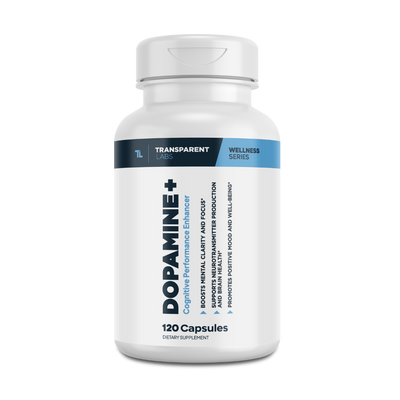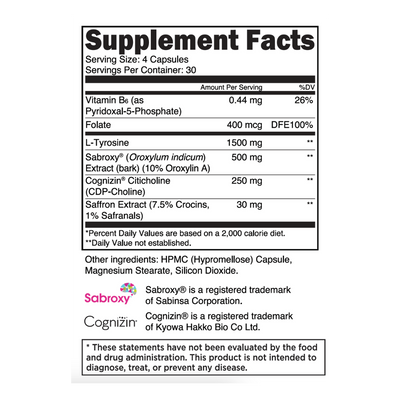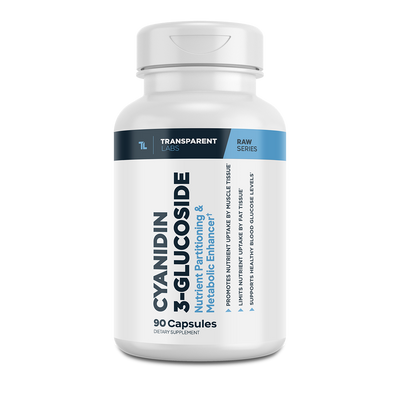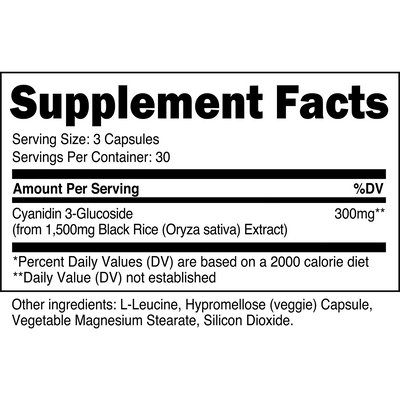Reverse Dieting: Tips for Weight Control After Getting Lean
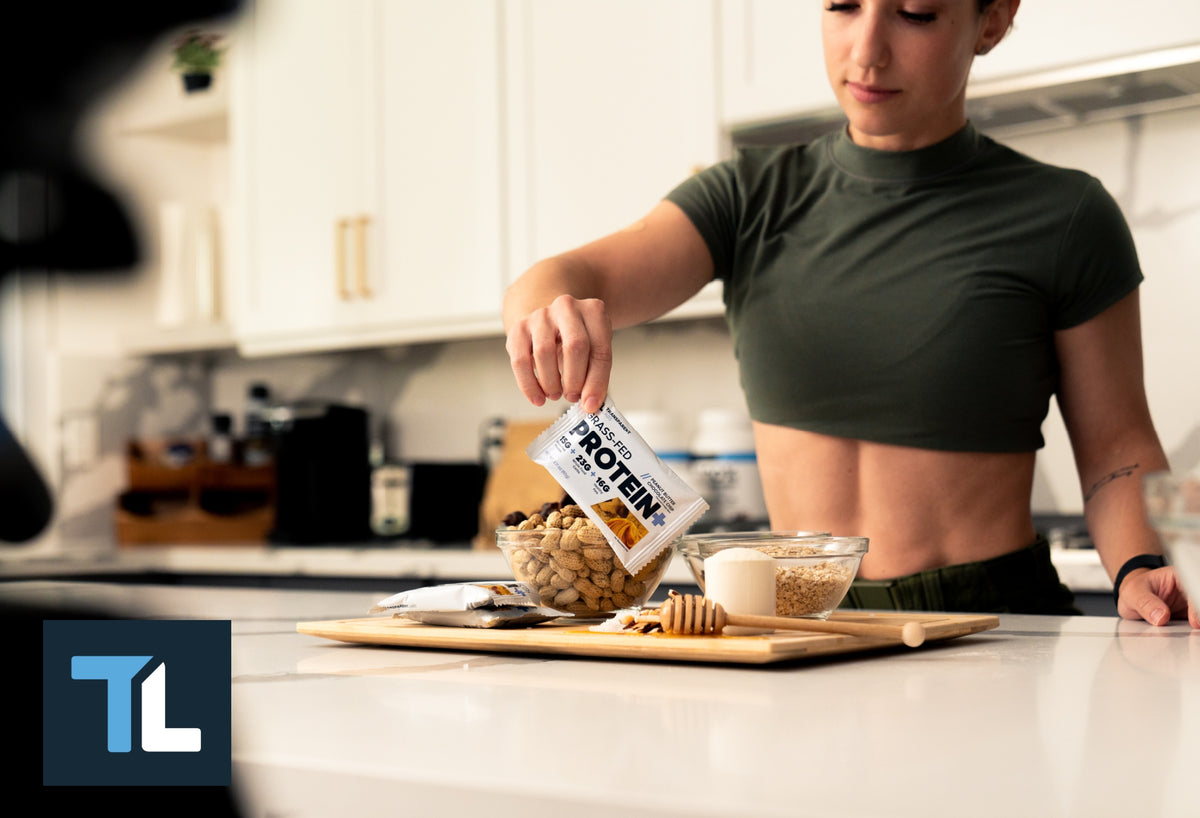
When someone says they're "dieting," it usually implies a calorie deficit, ultimately facilitating weight loss. Hence the term "reverse dieting" entails methodically increasing your calorie intake—typically alongside a gradual reduction in cardiovascular exercise—after extensive weight loss and/or calorie restriction (e.g. after prepping for a bodybuilding competition).
But why should someone reverse diet after spending so much time and effort getting into peak physical condition? Well, there are quite a few reasons, actually, particularly from a health standpoint. The good news is that slowly increasing calorie intake won't cause sudden weight regain or ruin your weight-loss efforts. We will show you how reverse dieting works, why and when you should consider a reverse diet, and end with tips to establish healthy eating habits following weight loss.
What Is Reverse Dieting?
The primary goal of reverse dieting is slowly and consistently adding body weight (mainly muscle) while increasing calorie intake.
Essentially, you're reversing the "damage" incurred to your metabolism from being in a chronic energy deficit [1]. Naturally, you'll need to taper back cardio, rest more, gradually eat more calories, and focus on resistance training.
Sounds awesome, right? Frankly, once you get your mind out of "cutting mode" and into "being strong and healthy mode," it's pretty great.

In terms of energetic demands, your body works harder to maintain muscle tissue in comparison to fat tissue; thus, by building more muscle, you effectively ramp up your basal metabolic rate.
Ever notice how there are "brick swolehouses" at the gym who seemingly never do cardio and eat like a racehorse? All that muscle tissue makes it harder to overeat; their metabolisms work "overtime" even when they're lounging on the couch.
Reverse dieting is admittedly a slow, tedious process at times, but this is to ensure weight gain is primarily muscle and not excessive fat tissue. You will inevitably gain some fat in the process, but reverse dieting is no excuse to get fat just for the sake of it. With that in mind, let's take a look at how to reverse diet and its purpose.
Why Reverse Dieting Is Necessary
Enter John Doe, an aspiring bodybuilder who just competed in his first contest. He's the leanest he's ever been and loves how he looks. Yet, each minute that passes is more stressful than the last—he's afraid he will experience rapid weight regain if he starts to eat more food and increase his calorie intake.
Mr. Doe wonders, "Where do I go from here? To reach this condition, I toiled through countless cardio sessions and spent months on a calorie-restrictive diet to get this lean. Will I just gain body fat once I eat more calories?"
For many competitors and gym-goers alike, reaching peak leanness can be a bit anticlimactic—all that work losing weight and reducing body fat for a brief moment under the spotlights or a photo shoot. But once you reach that point, your body more or less is pleading for more calories. As great as it is to look shredded and vascular, most people are just not going to function well being extremely lean year-round.
Reverse dieting is necessary to help "reset" resting metabolic rate and undo metabolic adaptation caused by extensive low-caloric intake.
Regaining Weight Can Be Healthy
Naturally, we must ask ourselves, "What is healthy?" Is it looking or feeling a certain way? It can be tough to define health since it's a relative term; in the biological/Darwinian sense, "health" is described as an organism's ability to survive and is synonymous with "fitness."
An organism must adapt its body to its environment if it wishes to improve its health. Thus, health is a contextual term.
In the medical world, health is often measured by assessing vital signs and anthropometrics, notably body fat percentage, oxygen uptake, mineral and vitamin balance, blood pressure, resting heart rate, inflammatory markers, endocrine function, and others.
Are those the only ways of determining whether you're healthy? Not at all, but they're pretty strong indicators of deciding if your lifestyle is sustainable...or if it's taking years off your life.
If you're extraordinarily lean (as in, leaner than your body wants to be), many markers of health and well-being can fall out of whack [2]. Our bodies need a decent amount of fat for survival purposes.
If you're very lean, your body is basically fighting to regain some body fat; this isn't a bad thing, though, and that's where reverse dieting comes into play.
How to Reverse Diet (While Minimizing Weight Gain)
While there is no optimal cookie-cutter, reverse-diet template, there are some general guidelines to follow after coming off a restrictive diet. For starters, have a ballpark idea of how many calories you were eating (on average) per day towards the tail end of your weight-loss diet. This will give you a baseline to start increasing your calorie intake above maintenance levels. Remember, reverse dieting is about "building" your metabolism back up so you can maintain your weight while eating more [3].
Now, using you'll want to add about 10-15% to your daily calorie intake and make that your new goal for 1-2 weeks. Most of the "additional" calories should come from carbohydrates and lean protein, particularly if you were following a low-carb diet to lose weight.
As an example, if you were averaging a daily caloric intake of 1,800 calories during the last few weeks of your weight-loss diet, then your reverse diet should start at around 2,000 calories per day.
On to the "hard" part: Reducing cardio frequency and duration. Odds are you were doing quite a bit of cardiovascular exercise to lose fat. That needs to stop if you want to build lean muscle mass and increase metabolism. Start by decreasing cardio duration per session by about 30-50% (e.g. instead of 60 minutes per workout do 30 minutes).
As the reverse diet progresses, reduce the frequency of cardio workouts until you're only doing 2-4 low-impact sessions weekly. Eventually, you should be spending the majority of your time exercising by lifting weights.
Like you would when cutting, you'll want to monitor your weight/body composition every few weeks. The difference is that you'll periodically increase calorie intake in small increments rather than reduce it. If you feel like you're gaining weight too quickly, simply taper back a bit, and don't panic.
Once you start reverse dieting, there will be some unavoidable weight regain (fat and muscle, if you keep training), especially if you are very lean, but it's well worth the trade-off in food intake. Over time, you'll be eating significantly more food and doing much less cardio while maintaining your body weight/building muscle.

The Reverse Diet Mindset: A Perspective on Healthy Habits
Unfortunately, mental roadblocks can hinder people when they start reverse dieting. For one, most people hate gaining even a particle of body fat, especially after working tirelessly to lose weight.
If your mind stays set on being as lean as possible, reverse dieting won't be efficient. Your focus should be on nourishing yourself and giving your body the rest it craves; don't stress about gaining weight in the short term.
So, here are five key things to keep in mind when you begin a reverse diet:
1. Keep the Long Term in Mind
Improving your body composition is not a short-term endeavor; you need to think two, three, and four years ahead of where you are currently.
If you are constantly following low-calorie diets, you'll significantly reduce your metabolic rate and have difficulty losing weight; in turn, you hinder your potential to get lean, let alone build muscle without gaining excess fat tissue.
Therefore, the higher your base metabolic rate, the more efficiently you will be able to improve your body composition. Thus, it's crucial to build your metabolism back to a healthy state by reverse dieting before you start to cut down again.
2. Being Healthy Is What Matters
Something to remember is that beauty is only skin deep; it is rather conceited and vain to believe that the "sexier" or "more ripped" someone is, the healthier they are.
As touched on in this article, many of the fitness models and bodybuilders you see in magazines and on the Internet are far from being healthy, not to mention they often abuse performance-enhancing drugs.
Nevertheless, read on to the next point as there is good news for those of you who want to look great and be healthy.
3. You Don't Have to Be "Shredded" to Look and Feel Great
Most bodybuilders and fitness enthusiasts assume that not having a ripped six-pack at all times means they're "unhealthy" or "out of shape." Such silly apprehensions go against what we've already said in this article.
Make no mistake—you can be very lean and healthy simultaneously. Many people successfully build and maintain muscle while staying around 10-12% or 15-18% body fat for males and females, respectively, which is undoubtedly lean. Others might even be able to comfortably hover around body fat levels lower than those ranges, depending on genetics and lifestyle factors.
However, some people may naturally gravitate towards a slightly higher body fat level during a reverse diet, and that's okay. Remember that gaining weight (while minimizing fat gain) after a lengthy low-calorie diet is simply part of the process of restoring your metabolic rate.
4. Nourish Yourself for Performance
Food is medicine—what and how much you eat ultimately determines how you feel and perform. Hence, reverse dieting requires you to acknowledge that food is fuel, and your body is running near empty after an extended period of weight loss.
To start building some lean body mass, you'll need to increase calorie intake and strive for continual progress in the gym (e.g. getting stronger); if you're not nourishing yourself properly, then odds are you won't make much progress. Weight gain isn't the enemy; stalling in the gym is.
5. There's Always a "Next Time" to Get Lean and Lose Weight
You've been lean before, so what makes you think you won't be able to do it again? Especially when you get the desire to prep for a competition or photo shoot.
Just because you gain a little body fat during a reverse diet doesn’t mean you can’t lose it down the road.
Generally, though, you should give yourself plenty of time to adjust to a higher calorie intake. Supplementing with a scientifically dosed thermogenic fat burner like PhysiqueSeries RECOMP can help kick you into gear once you want to start losing weight again.
Chronic Calorie Restriction Is Not the Answer
The main point to take home is that reverse dieting is essential for helping you stay healthy after dramatic weight loss and/or getting very lean. Once you achieve a certain level of leanness, your body will burn fewer calories at rest, making it near-impossible to stay that lean without sacrificing precious lean body mass (and likely your sanity).
The trade-off of a higher calorie intake is some weight gain, but it will pay dividends in the long run. Plus, who doesn't want to eat more, build muscle, perform better, and not have to worry about constantly being hungry? Reverse dieting will be a welcome change of pace after being on an aggressive low-calorie diet.



